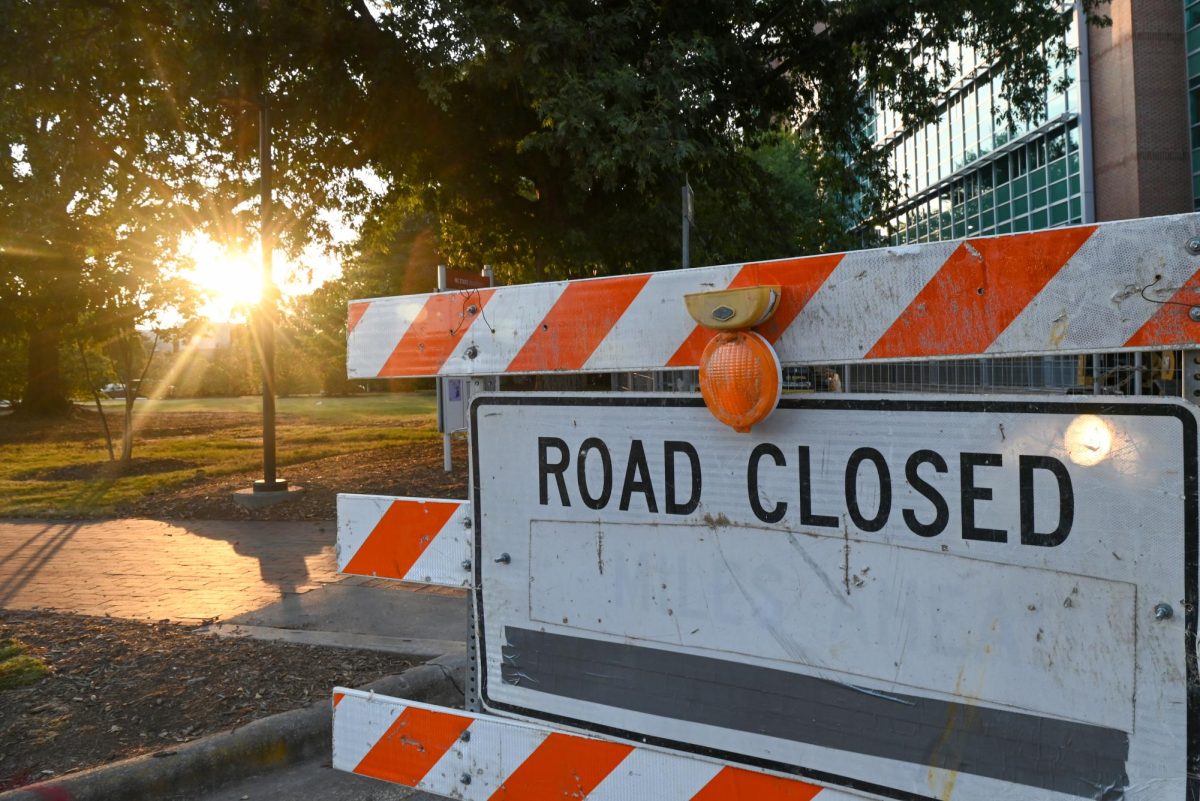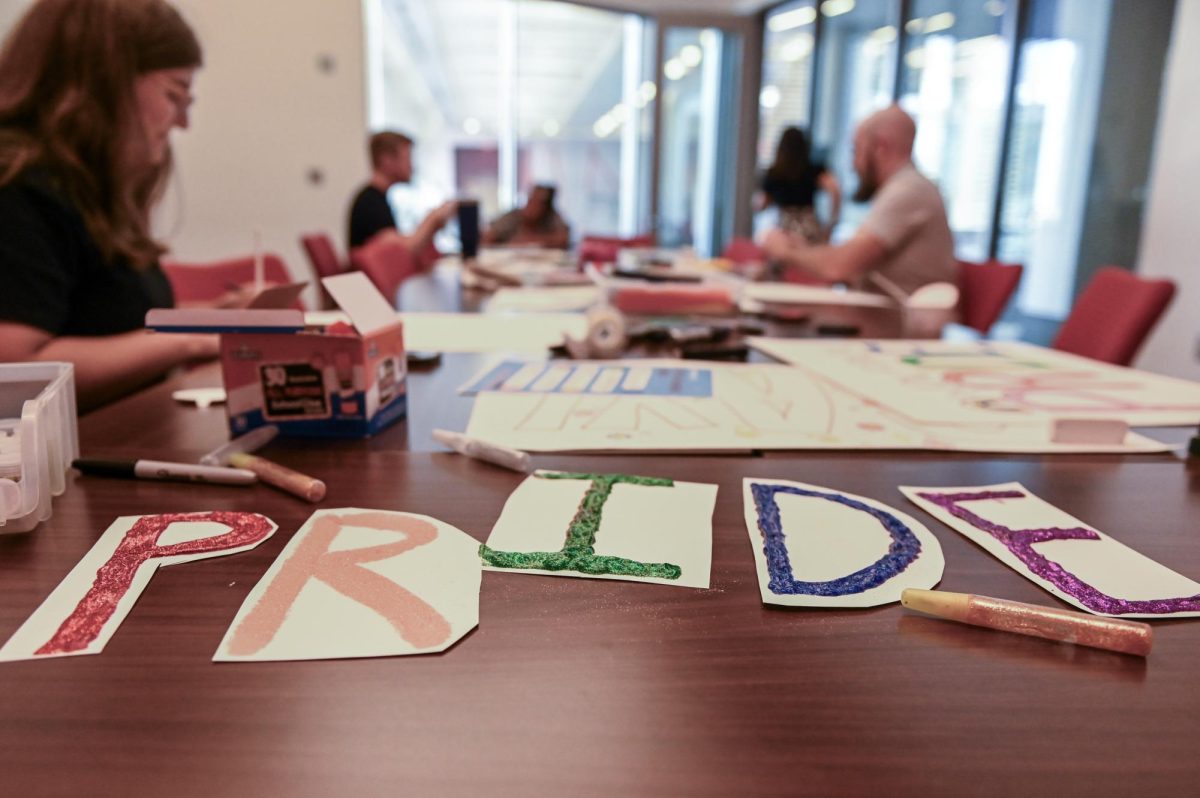As the multiphase water line replacement plan takes over Morrill Drive, students can expect more traffic around campus and changes to Wolfline stops.
From Aug. 25 to Sept. 26, the project took over the section of Faucette Drive in front of Jordan Hall as part of phase one of the project. Phase two brings the work to Morrill Drive, anticipated to impact a much larger portion of the traffic on campus.
The project has closed the southbound lane on Morrill Drive, making traffic leaving campus divert to Dan Allen Drive or Pullen Road. The northbound lane for traffic entering campus will remain open.
The project is part of the larger eight-phase plan to replace the existing water lines on campus that were installed in the 1960s. In total, the project will replace approximately 1,000 feet of water line, continuing down Morrill Drive, and ending in the Carmichael Gym parking lot.
James Cox, senior project manager in design and construction in the facilities organization on-campus, said the process of replacing the water lines is a large effort, and Morrill Drive is the next step of the project.
“We’ve been working our way through a bunch of water line replacement projects on main campus, this is just the next one,” Cox said.
Lynn Swank, project manager for the Morrill Drive water line replacement, said in an email statement that the traffic routes and detours were evaluated, and the design for the construction zone has been used before in past projects.
“The project team met multiple times with campus stakeholders during design and evaluated multiple options for detours, traffic control and project limits,” Swank said. “The option chosen is a design that was used before, during the Power Forward project in 2022, so there was a level of familiarity for how the campus would react.”
In her email, Swank also said that the safety of workers and students was the main priority for the project, leading to the current setup of the construction zone.
“The project team selected the current traffic control plan to prioritize the safety of the students and construction workers. Safety was the determining factor when choosing the traffic control plan,” Swank said.
After phase two began on Sept. 26, commuters saw a large increase in traffic around the Coliseum Deck during peak times of 4 p.m. to 6 p.m.
Amanda Simmons, transit planner for the Wolfline, said the system has added stops to its routes that were detoured due to the closure of the southbound lane. A stop has also been added to Route 30 at Jordan Hall.
“So, GoTriangle owns a bus stop there at Jordan and got permission from them to add a bus stop there for Route 30, so that students would have a way to get easily to that section,” Simmons said. “So again, we added stops to the routes that were being detoured to make sure that we had as close as possible availability for students to board the buses.”
Simmons said making sure that stops for the Wolfline were still open to students to help navigate the closure and potential traffic was important.
“Knowing that the northbound closure was coming up, we detoured and tried to make sure we were still able to serve as many stops as possible,” Simmons said.
Students have faced issues with the transition to new bus stops. Leah Haynes, a third-year majoring in fisheries, wildlife and conservation biology, said the change to bus stops have made her commute to class longer.
“The bus route, that’s like my main way to get to my classes, because all my classes are in Jordan Hall. Now I can’t take the bus to get to my classes, so I’m having to get up 30 minutes earlier every morning to walk instead of take the bus,” Haynes said.Haynes said the construction across campus has been consistent each year she has attended NC State, making keeping up with changing closures difficult.
“All three years I’ve been in at NC State, there’s been a major construction project going on, just impeding with my ways of getting to class,” Haynes said. “Almost every other week there’s always something blocked off that I don’t know about.”
Demar Bonnemere, communications manager for the transportation department, asked commuters for patience with the construction and to consider parking at other areas and riding the Wolfline to your destination.
“I would just ask everyone for patience. You know, everybody’s impacted by these projects that campus has, we just went through three, four years of the power forward project, and have had to make adjustments for that,” Bonnemere said.
Simmons also urged students to check the alerts on their transportation apps to stay updated on detours and closures to roads and Wolfline stops.
“Just remind people to read their alerts,” Simmons said. “I do push notifications on occasion when I know it impacts a lot of people, but otherwise, pull up the app — whatever app you use, Passio, Transit app, Google Maps. Those alerts are there. Make sure you read those alerts. That’s the important part.”





